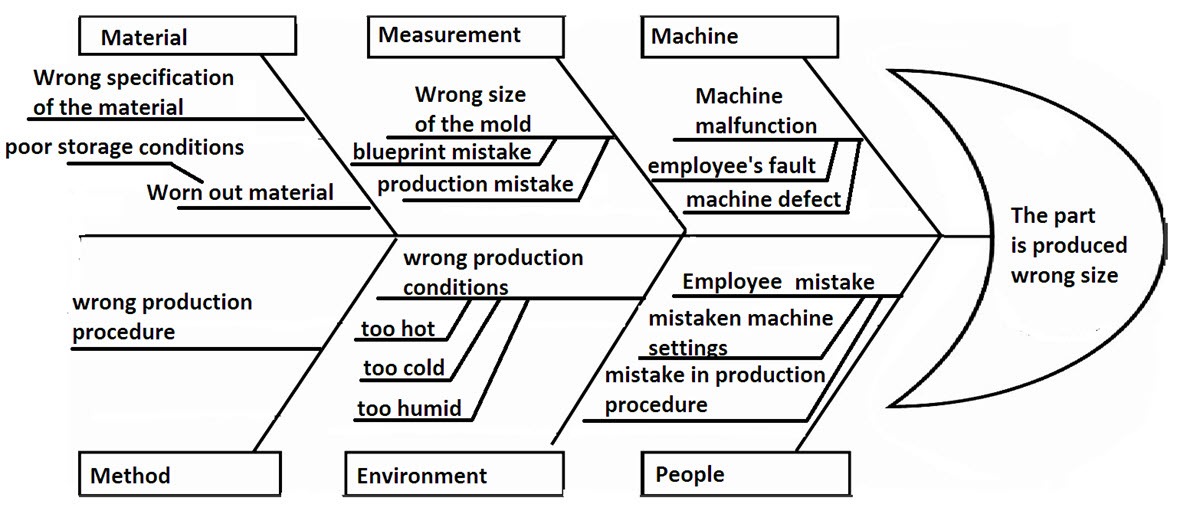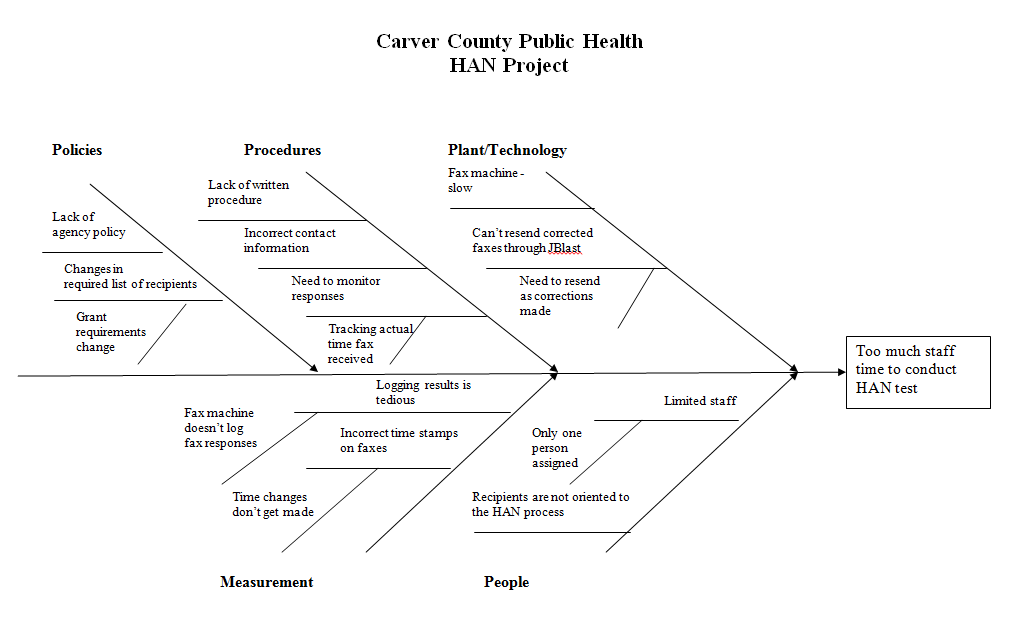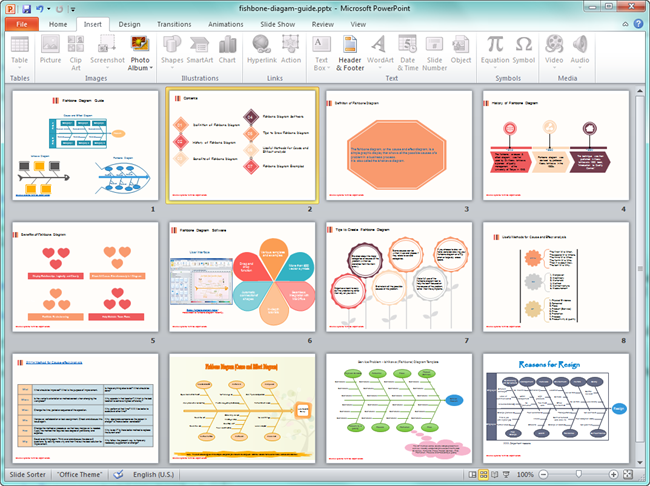
The C-E Diagram is a fundamental tool utilized in the early stages of an improvement team. When diagnosing the cause of a problem, a cause-effect diagram helps to organize various theories about root causes and presents them graphically. Cause-Effect can also be diagrammed using a tree diagram.

A popular type is also referred to as a fishbone or Ishikawa diagram.

Lastly, an HR example: why are employees leaving the company?Īdvantages and disadvantages of fishbone diagramsįishbone diagrams come with advantages and disadvantages. QA professionals also use fishbone diagrams to troubleshoot usability issues, such as: why is the website down? For example: why have surveys shown a decrease in patient satisfaction?įishbone diagram example #3: Quality assurance

Let’s start with an everyday example: what are the main causes of climate change?įishbone diagram example #2: Healthcare and nursingįishbone diagrams are often used in nursing and healthcare to diagnose patients with unclear symptoms, or to streamline processes or fix ongoing problems. Fishbone diagram example #1: Climate change In the business world, they are an often-used tool for quality assurance or human resources professionals. They are particularly popular in healthcare settings, particularly nursing, or in group brainstorm study sessions.
FISHBONE DIAGRAM TUTORIAL FREE
You can try your hand at filling one in yourself using the various blank fishbone diagram templates below, in the following formats:ĭownload Excel template Fishbone diagram template Wordĭownload Word template Fishbone diagram template PowerPointĭownload our free PowerPoint template below!įishbone diagrams are used in a variety of settings, both academic and professional. Lastly, add text boxes to label each function. These serve as the potential causes of the problem. Next, add horizontal lines jutting from each central line.These serve as the ribs, or the contributing factors to the main problem. Next, add lines jutting diagonally from the backbone.These serve as the backbone and the head of the fish. Draw a long arrow from left to right, and add a text box on the right-hand side.In a fresh document, go to Insert > Shapes.Alternatively, you can make one yourself using the following steps:
FISHBONE DIAGRAM TUTORIAL DOWNLOAD
There are no built-in fishbone diagram templates in Microsoft programs, but we’ve made a few free ones for you to use that you can download below. NoteBe careful not to make your fish too “bony”! Too many smaller bones or long explanations can lead to confusion and distractions, and defeat the purpose of the exercise in the first place. When finished, your fishbone diagram should give you a wide-view idea of what the root causes of the issue you’re facing could be, allowing you to rank them or choose which could be most plausible.



 0 kommentar(er)
0 kommentar(er)
